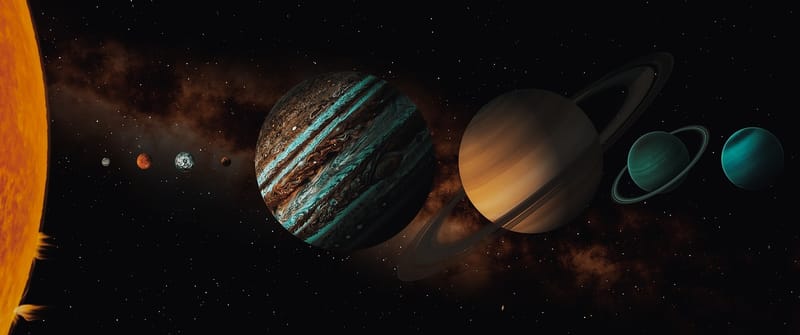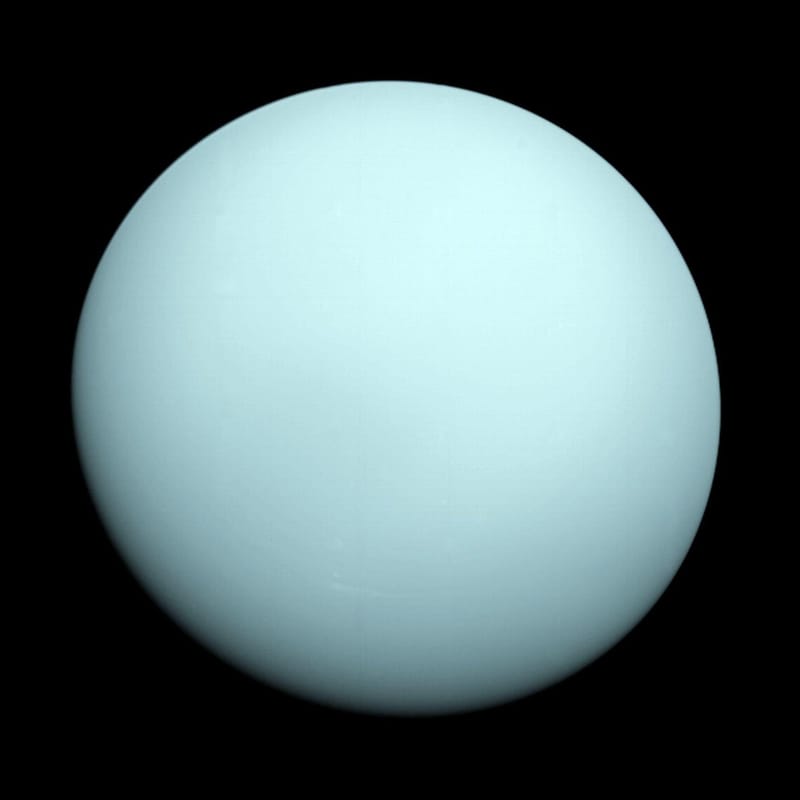Destinations - Part 2
Explore Different Planets - Part 2
Welcome back to the exciting world of planetary exploration! In this article, we will continue our journey through the vastness of space and discover more fascinating planets beyond our own. Strap in and get ready for an adventure that will take you to the far reaches of our solar system and beyond.
Jupiter
Jupiter, the largest planet in our solar system, is a gas giant known for its mesmerizing swirling patterns and the iconic Great Red Spot. This massive planet has a strong magnetic field and more than 70 moons, including the four large Galilean moons: Io, Europa, Ganymede, and Callisto. NASA's Juno mission has provided stunning insights into Jupiter's atmosphere and magnetic field, revealing its complex and dynamic nature.

Saturn
Saturn, famous for its beautiful ring system, is another gas giant that captivates astronomers and space enthusiasts alike. The rings are made up of ice particles and rocky debris, creating a stunning spectacle when viewed from Earth. Saturn has more than 80 moons, with Titan being the largest and most intriguing due to its thick atmosphere and hydrocarbon lakes.

Uranus
Uranus, the seventh planet from the Sun, is an ice giant with a unique feature – it rotates on its side. This unusual orientation is believed to be the result of a massive collision early in the planet's history. Uranus has a faint ring system and a total of 27 known moons, each with its own characteristics and mysteries waiting to be unraveled.

Neptune
Neptune, the eighth and farthest planet from the Sun, is another ice giant with a striking blue coloration due to the presence of methane in its atmosphere. This dynamic planet experiences extreme winds and has a dark, swirling storm system known as the Great Dark Spot. Neptune has 14 known moons, with Triton being the largest and exhibiting fascinating geysers erupting from its surface.

Each of these planets offers a unique and awe-inspiring glimpse into the diversity of worlds that exist in our solar system. As we continue to explore and study these distant celestial bodies, we gain a deeper understanding of the forces that shape our universe and our place within it.
Stay tuned for more articles on space exploration and the wonders of the cosmos. Until then, keep looking up at the stars and dreaming of the countless worlds waiting to be discovered.
